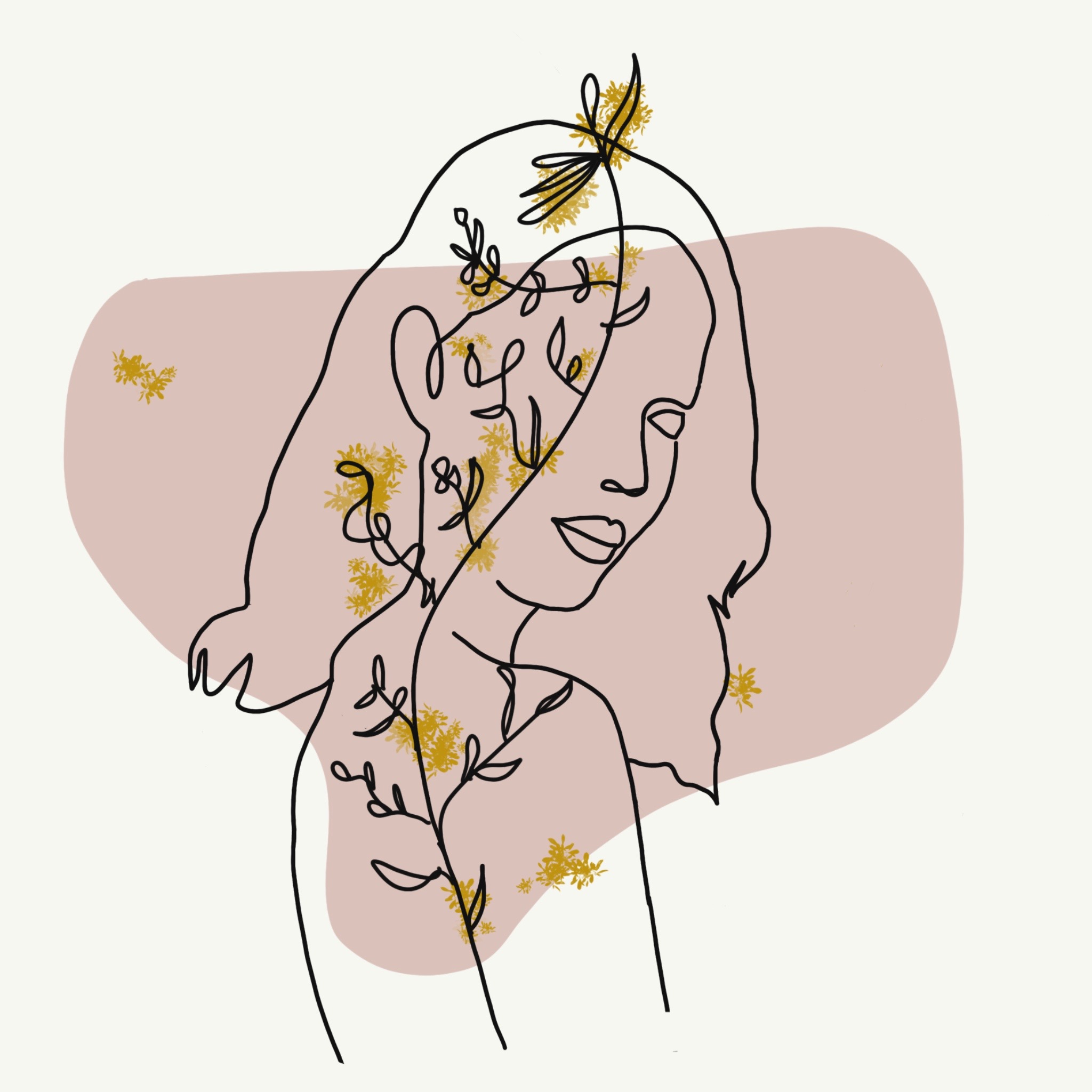Bouldering 101
 |
| Just some of my lame bouldering photos, wearing my favorite bouldering top 😃 |
Since I am trying to commit to this blog again, let me tell you about something that have been such a revelation to me last year.
Bouldering.
So what is bouldering? Bouldering is a form of rock climbing without the use of ropes or harness. The walls are not high enough to be very intimidating, provided with the safety mat of course.
I initially tried bouldering last December 2019 just out of curiosity. I did not know that such kind of sport existed, I only knew about wall climbing. And I loved it! It was like a puzzle presented to you in a wall, a physical problem solving that requires not only strength but thinking.
Growing up, I was never sporty. I did not have any kind of sports. (Whenever someone asks me, what kind of sports I play, I sometimes jokingly answer "jackstone". Lol) Who would have thought that a lampayatot like me would be into climbing. I even encouraged some of my friends to try climbing.
Truly, I have a LOOOOOT more to learn and improve, especially those dynamic moves and techniques that I'm so scared to try. But here are a few key points that I have learnt these past few months
1. Learn how to fall. Or jump off the wall instead.
Yes, even in bouldering, we need to learn how to fall. Para 'di tayo laging masaktan. 😶
I had one slightly bad fall where the impact was at my elbow, and it took almost three months to be fully healed, but no broken bones at least. I rested for two weeks before I went into another climbing session.
2. Use your legs!
Instead of pulling with your arms up, use your legs to push yourself up. (In most cases, this is very applicable.) I've seen this with my friends who tried bouldering the first time, which I most likely did on my first time too. Our first instinct is to almost always use our arms, but those leg muscles are definitely stronger than our arms.
3. Believe it or not, there is so much power on your toes.
As little (or ugly) as they may look, toes play a vital part on almost all of climbing movements, especially on clinging to those tiny baby footholds. This offers more flexibility to pivot on to the next move, and standing on the tip of your toes adds to that overall reach. When I eventually did this, I was amazed by how much difference it made.
4. Straighten those arms while climbing.
Again, in most bouldering problems, this is applicable. Avoid bending your arms when not necessary as it will make you tired much faster. The tendency when climbing with bent arms is the forearms are getting engaged, hence using much more of our energy. This will also allow to put that booty body weight into the legs and upper body.
5. Read the route, and analyze it.
This is the part where I still have a very hard time doing so. Before climbing, take at least a brief moment to read the climbing route, on where to put the arms and legs next, wether should you use your left or right. Doing this will save your energy, and not scrambling on what to do next while on the wall.
6. Climb down the holds.
Once you reach the top, instead of jumping off the wall, down climb (if there are enough holds to do so). I learnt this very recently. You don't have to follow the same route while down climbing, any footholds on the wall will do. This will allow you to watch your footwork, and decrease risk of injuries from jumping.
(And to be frank, too much jumping off the wall can strain your body too.)
7. Take that breather in between.
Catch your breath. Drink water if necessary. Talk to other climbers. Pace yourself in between your climbing attempts. Don't hop onto the next one without any rest in between. Otherwise, you'll get exhausted much faster. And pretty sure, your muscles will end up very fatigue towards the end of the session.
But of course, don't be like me who rests too much and eventually gets lazy. :)
8. Watch how other people climb.
While taking your rest, watch how other climbers climb. Watch their footwork, their techniques. Study how they climb. And try to copy them, if you can. :)
The good ones will make difficult routes look effortless, but they're probably climbing for years. It will take time, don't get too intimidated. (Something I always tell myself every start of the session.)
9. Have fun!
And most importantly, don't forget to have fun! Bouldering is a social sport. In a 3-hour session, you'd probably spend more than half of the time on the floor than on the wall. It is merely a competition, everyone's on the same team trying to solve those bouldering problems, so just have fun and don't get too frustrated.
Personally, whenever I watch someone climbing and notice how that person is having a hard time, I would cheer that person up even if I don't know him/her.
One of the most common phrases you'll hear in a lot of climbing gyms is "Allez, allez!" It is a form of encouragement used especially when the climber is at the climax of the route. It is actually a French word meaning "Go, go!"
So, allez, allez!








0 commentaires